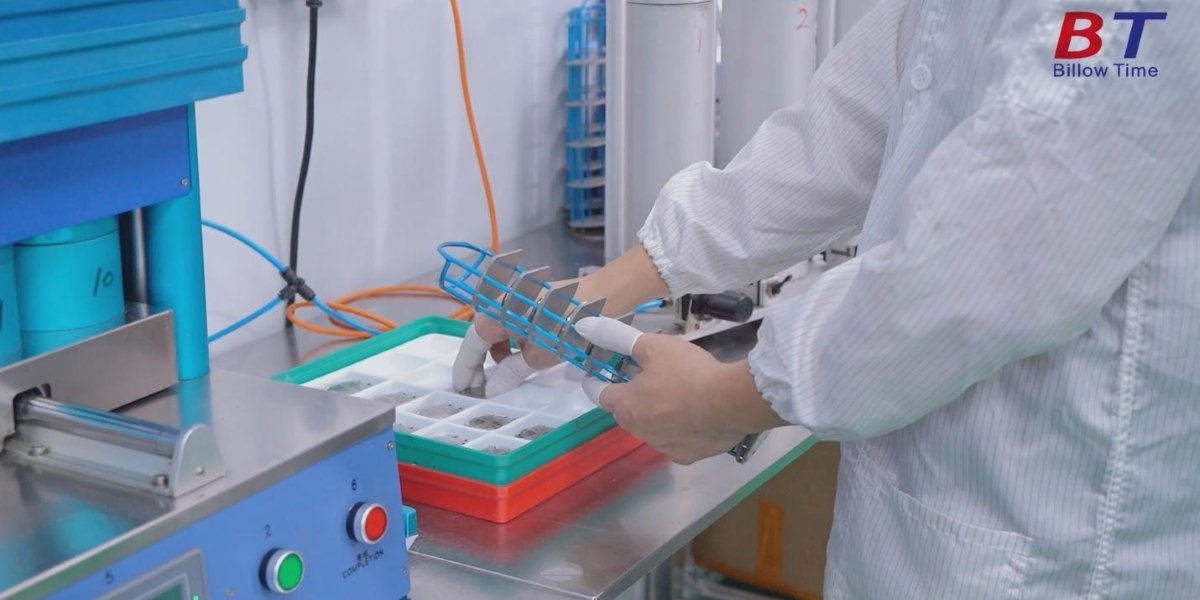In the realm of acting, mastering the art of body language is paramount for conveying emotions, intentions, and character traits. From subtle gestures to dynamic movements, body language serves as a potent tool for actors to communicate with audiences and breathe life into their characters. In this article, we delve into the significance of body language in acting and explore techniques for actors to express themselves effectively through physicality.
Understanding the Importance of Body Language
Body language encompasses the non-verbal cues and signals that individuals use to communicate and express themselves. For actors, body language is a vital component of their craft, allowing them to convey emotions, thoughts, and relationships in a visceral and impactful manner. Whether on stage or screen, the way an actor moves, stands, and gestures can profoundly influence how their character is perceived and understood by audiences.
Harnessing the Power of Movement
Movement is one of the most potent forms of expression for actors, enabling them to breathe life into their characters and convey a wealth of information without uttering a single word. Whether it’s a subtle shift in posture, a graceful dance sequence, or a powerful fight scene, the way actors move through space can convey a range of emotions, intentions, and relationships. By mastering movement techniques, actors can imbue their performances with depth, nuance, and authenticity.
Embodying Character Through Posture
Posture is another crucial element of body language that actors can use to convey character traits and emotional states. The way a character stands, sits, or walks can communicate volumes about their personality, confidence, and inner turmoil. For example, a character with slumped shoulders and downcast eyes may convey a sense of defeat or resignation, while one with a straight spine and steady gaze exudes confidence and determination. By embodying the posture of their characters, actors can bring them to life with greater authenticity and realism.
Utilizing Facial Expressions and Gestures
Facial expressions and gestures are powerful tools for actors to convey emotions and intentions with subtlety and precision. From a smile that lights up the eyes to a furrowed brow that signals concern, the face is capable of conveying a wide range of emotions that can captivate audiences and draw them into the world of the character. Similarly, gestures such as pointing, waving, or clenching fists can add depth and texture to a character’s interactions and relationships. By honing their ability to use facial expressions and gestures effectively, actors can elevate their performances and create characters that feel fully realized and relatable.
Incorporating Props and Costume
Props and costume can also play a significant role in shaping an actor’s body language and physicality. The way a character interacts with objects or wears their costume can provide valuable insights into their personality, background, and motivations. For example, a character who fidgets with a pen or twirls a strand of hair may convey nervousness or uncertainty, while one who confidently wields a sword or wears a tailored suit exudes authority and confidence. By incorporating props and costume into their performances, actors can enrich their characters and create more immersive and engaging storytelling experiences for audiences.
Seeking Authenticity and Vulnerability
Ultimately, the key to effective body language in acting lies in authenticity and vulnerability. Actors must be willing to tap into their own emotions and experiences to breathe life into their characters and connect with audiences on a deep and meaningful level. This requires a willingness to be vulnerable, to explore the depths of human emotion, and to express oneself honestly and authentically through physicality. By embracing vulnerability and seeking authenticity in their performances, actors can create characters that resonate with audiences and leave a lasting impression long after the curtain falls.
Creating Inspirational Performances
Body language is a powerful tool for actors to express themselves and bring characters to life on stage and screen. By harnessing the power of movement, embodying character through posture, utilizing facial expressions and gestures, incorporating props and costume, and seeking authenticity and vulnerability, actors can master the art of body language and create performances that captivate and inspire audiences. Through dedication, practice, and a commitment to authenticity, actors can unlock the full potential of their physicality and elevate their craft to new heights of excellence.














